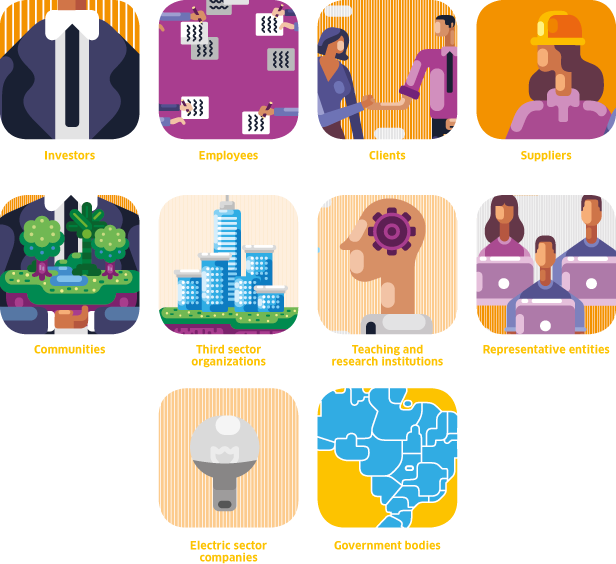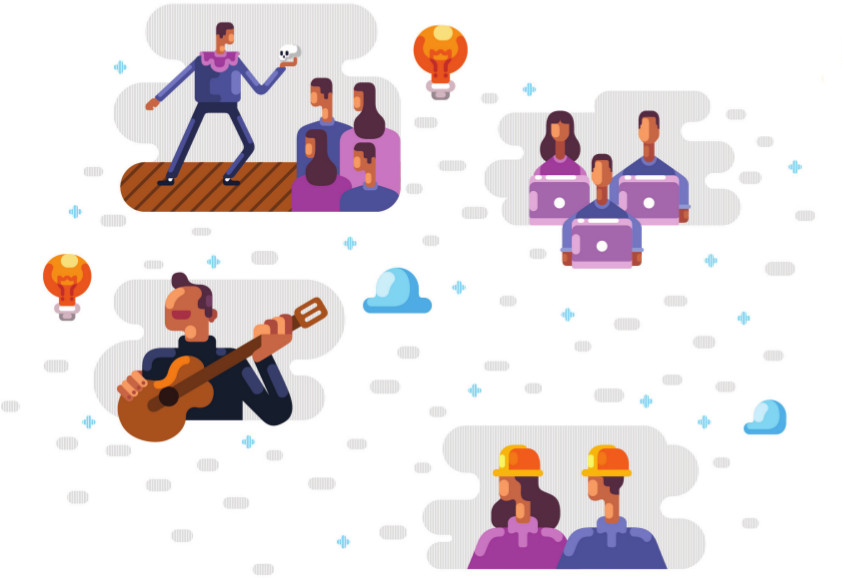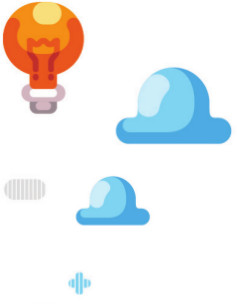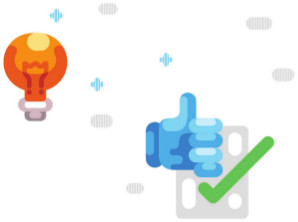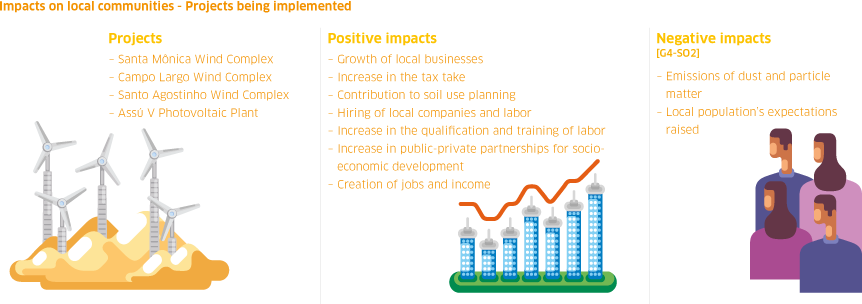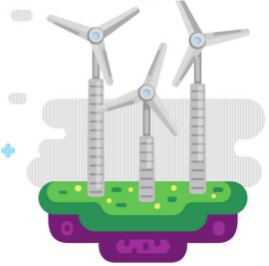Projects in operation
One of the principal relationship initiatives with the communities in which the Company operates are the Sustainability and Cultural Centers. Installed with the support of ENGIE Brasil Energia since 2011, these spaces make a significant contribution to the sustainable development of small population centers.
The main objectives of these centers are to:
• encourage the appreciation and dissemination of local customs and traditions in the communities in which ENGIE Brasil Energia operates;
• stimulate young people to seek knowledge through social and digital inclusion, contributing to the creation of jobs, income and the reduction in rural depopulation;
• provide various spaces for enhancing intra-community relationships for all and any type of cultural manifestation, such as the performing arts, plastic arts, dance presentations, musical shows and cinematographic exhibitions; and
• make Sustainability and Cultural Center operations economically viable with a structured program, which both generates income and controls costs.
At the end of 2016, five centers were in operation: Centro de Cultura de Entre Rios do Sul (SC), Centro de Cultura de Alto Bela Vista (SC), Centro de Cultura e Sustentabilidade de Capivari de Baixo (SC), Centro de Cultura de Quedas do Iguaçu (PR) and Centro de Cultura de Concórdia (SC), installed in partnership with the local city government. In 2017, a further center will be opened in Minaçu (GO).
The Company also supported the creation of REDE. This is an organization for managers of sustainability and cultural centers already in operation and in the process of installation. The aim is that through jointly promoting the exchange of good practices and the interchange of cultural activities, relations with public and private entities can be strengthened to achieve the sustainability of the enterprises. REDE’s first meeting was held in September 2016 at the Capivari de Baixo Sustainability and Cultural Center.
